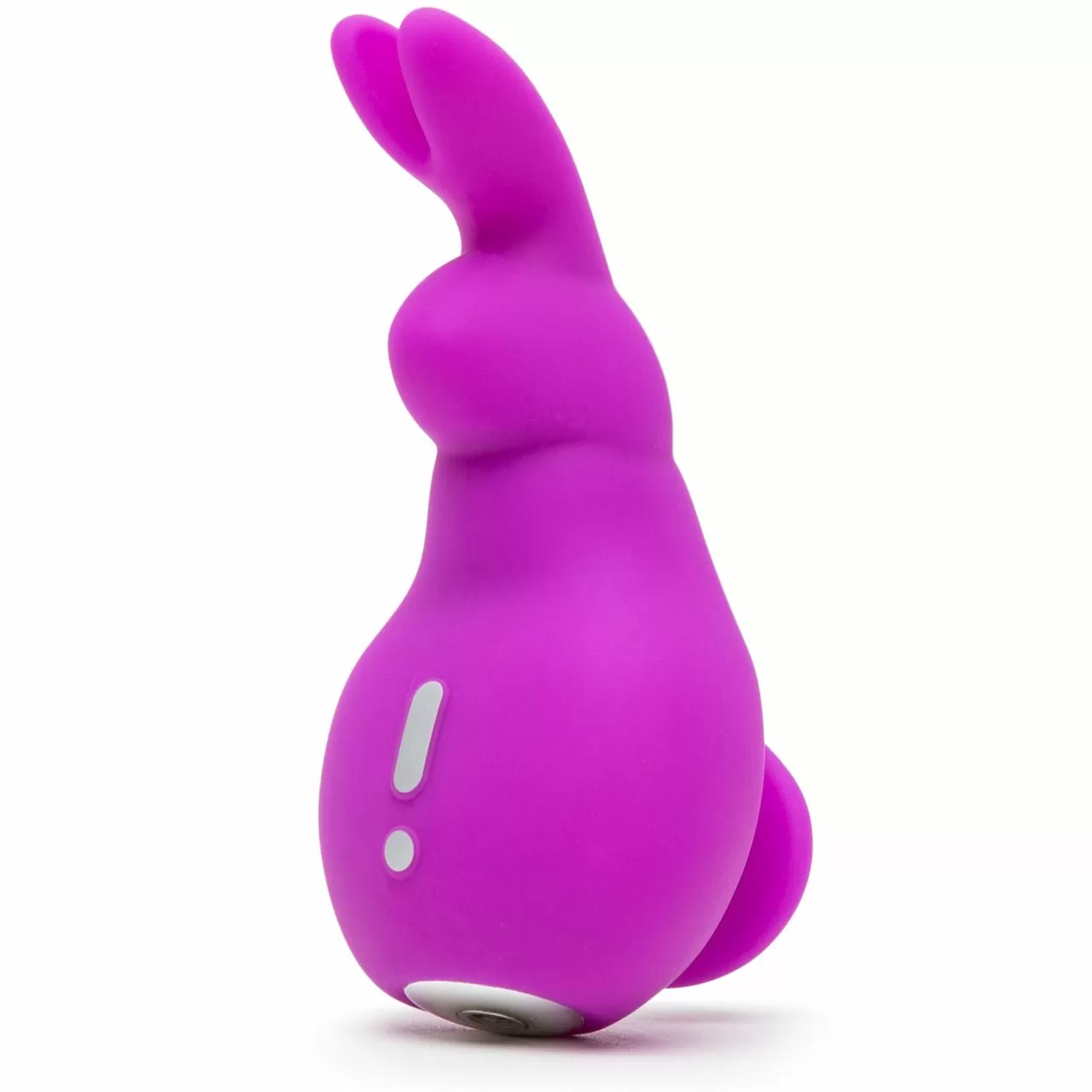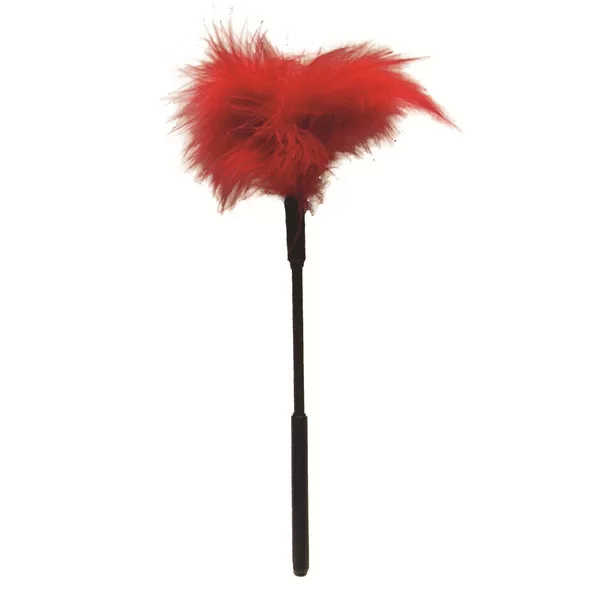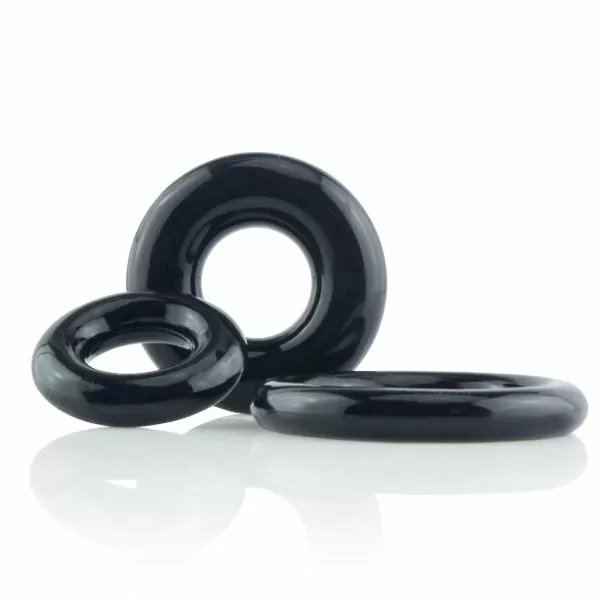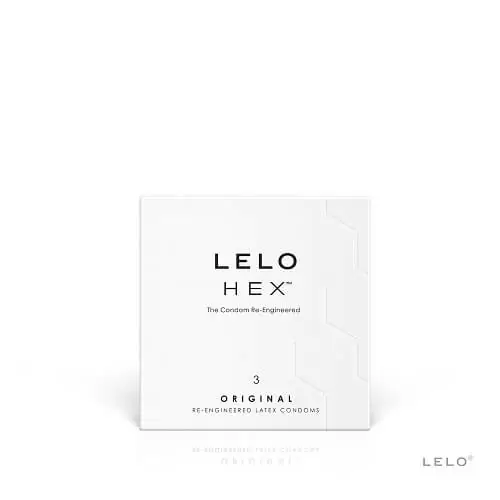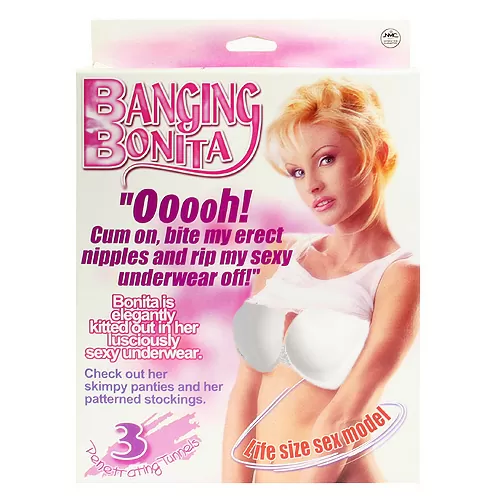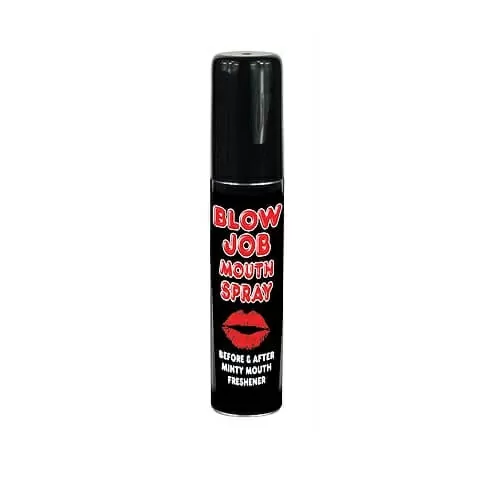The Science Behind Orgasm
When it comes to understanding the intricate details of human sexuality, one phenomenon that has piqued interest and curiosity for ages is the orgasm.
The powerful, pleasurable release that is experienced during an orgasm is a complex blend of physiological and psychological processes. Let’s into the science of orgasm and explore how sex toys can play a significant role in enhancing this experience.
What is an Orgasm?
In simple terms, an orgasm can be described as the climax of sexual excitement, but scientifically, it’s a much more complex process. It’s a neurophysiological response to sexual stimulation that leads to intense pleasurable sensations and muscle contractions in the pelvic region.
The Physiology of Orgasm
The human orgasm is an intricate symphony of hormonal, neurological, and cardiovascular responses. During sexual arousal, the heart rate and blood pressure increase, and the brain releases a flood of neurotransmitters and hormones that heighten pleasure, excitement, and relaxation.
The Psychological Aspect of Orgasm
While the physical mechanics of orgasm are fascinating, the psychological aspects are equally intriguing. Factors like mood, stress level, body image, and relationship quality can significantly impact a person’s ability to reach orgasm.

The History of Sex Toys
Far from being a modern invention, sex toys have been a part of human culture for thousands of years. Their presence throughout history is a testament to humanity’s longstanding interest in sexual pleasure and exploration.
Ancient Beginnings: The earliest known sex toy dates back approximately 28,000 years – a siltstone phallus discovered in the Hohle Fels Cave in Germany. This smooth, polished artifact is thought to be one of the oldest examples of a dildo. Ancient Greeks were also known to use a type of dildo called ‘olisbos,’ made from wood or leather.
Asian Influence: In Asia, particularly in ancient China, small sex aids known as ‘yin-yang stones’ were used for sexual stimulation. Similarly, during the Edo period in Japan (1603-1868), ‘harigata’ or artificial phalli were popular among both men and women.
Victorian Era: The Victorian era marked a significant turning point in the history of sex toys. The first electromechanical vibrator was invented in the late 19th century by British physician Joseph Mortimer Granville. It was originally intended as a medical device to treat what was then known as ‘female hysteria.’
The Sexual Revolution: The sexual revolution of the 1960s and 70s brought about a dramatic change in societal attitudes towards sex. This openness led to the popularization and commercialization of sex toys. The classic Hitachi Magic Wand, originally marketed as a body massager, became popular during this era for its off-label use as a vibrator.
Modern Era: Today, sex toys have evolved significantly. They’re designed with scientific understanding and anatomical accuracy, made with body-safe materials, and often feature a variety of settings and modes for customized pleasure. Some modern toys even connect to smartphone apps for remote control or sync with virtual reality pornography.
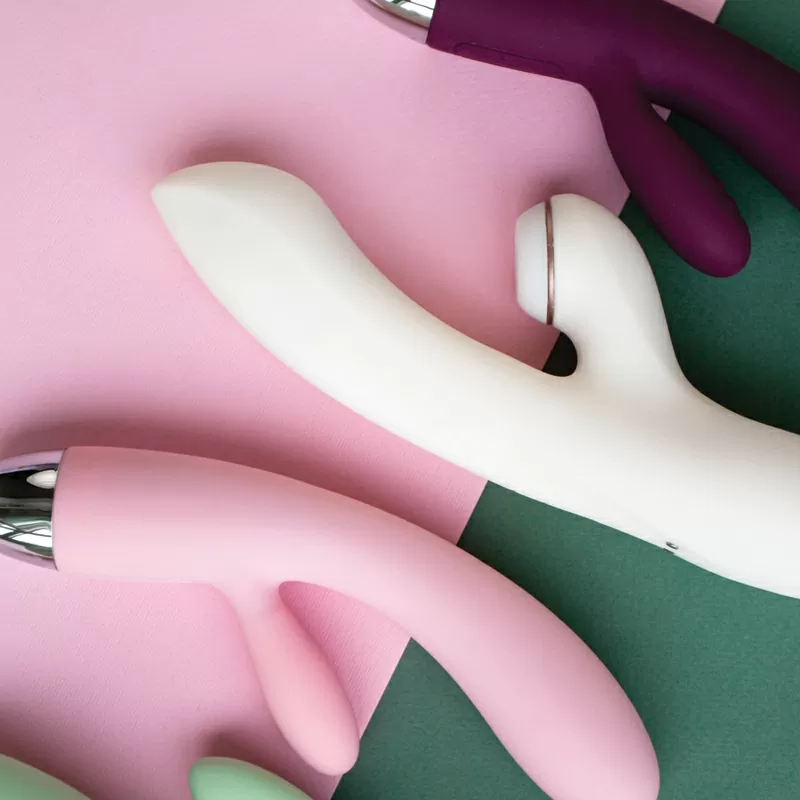
The Role of Sex Toys in Enhancing Orgasm
Sex toys play a pivotal role in enhancing orgasmic pleasure by providing a variety of stimulation types that may not always be achievable through sexual intercourse or masturbation alone. Let’s break this down further.
Sex Toys and Physical Stimulation
Targeted Stimulation: Sex toys can enhance physical stimulation by focusing on specific erogenous zones such as the clitoris, G-spot, or prostate, which may not receive adequate attention during sexual intercourse or manual stimulation. For instance, certain vibrators are specifically designed to stimulate the clitoris, which is key for many women to achieve orgasm.
Intensity and Consistency: Sex toys offer consistent and sustained stimulation, which is often necessary for achieving orgasm. They also allow for adjustable intensity levels to match individual comfort and preferences.
Exploring New Sensations: Sex toys can provide unique sensations that may not be achievable otherwise. For example, certain toys can deliver pulsations, vibrations, or even warming sensations.
Sex Toys and Psychological Stimulation
Beyond physical stimulation, sex toys can also play a pivotal role in psychological arousal, contributing to a more satisfying orgasm.
Anticipation and Novelty: The anticipation of using a sex toy can increase psychological arousal. Moreover, introducing new toys can add an element of novelty and excitement to the sexual routine, boosting arousal levels.
Empowerment and Autonomy: Sex toys can give individuals a sense of empowerment and autonomy over their sexual pleasure. This can improve sexual self-confidence, which can, in turn, lead to better orgasms.
Reducing Performance Pressure: Sex toys can help reduce performance pressure during sexual activity, allowing individuals to focus more on their pleasure rather than achieving orgasm. This can lead to a more relaxed and enjoyable sexual experience, which can potentially enhance orgasms.
The Importance of Experimentation and Communication
Incorporating sex toys into your intimate routine involves a healthy dose of experimentation and open communication with your partner. It’s about discovering what feels good, what doesn’t, and being able to express those feelings without fear or embarrassment.
Experimentation: Trying out different toys, techniques, and stimulation patterns can help you better understand what leads to the most satisfying orgasms. This exploration can be a fun and exciting journey in itself.
Communication: When using sex toys with a partner, communication is key. Discussing your desires, boundaries, and feedback can ensure a positive and pleasurable experience for all involved.



















